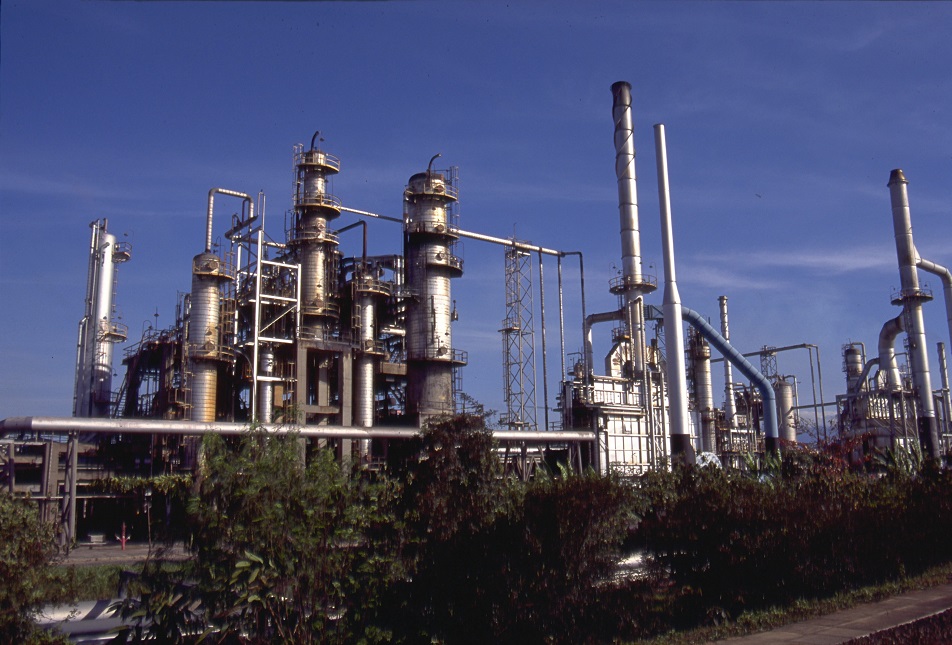
Though demand for finished lubricants in Brazil has steadily declined since its peak in 2013, the country can expect modest growth during late 2017, said Ricardo Mussa, chief executive officer at Cosan Lubricants.
Despite a recession lasting eight consecutive quarters, Brazils lubricant market has been keeping up with global trends. Group III has taken over as the fastest growing base stock, with a growth rate of 7 percent, and is expected to take up 12 to 13 percent of the market by 2019. As Group I steadily declines, top market players may face troubles.
Petroleo Brasileiro S.A., government controlled energy company of Brazil, took up 25.2 percent of Brazils lubricant market in 2016, the largest share of any company. Though it produces 43 percent of the countrys base stocks, Petrobras manufactures Group I. A rise in demand for Group III, particularly at the levels Mussa forecasts, could threaten Petrobras position.
The remaining 57 percent of Brazils base stocks are either rerefined (17 percent) or imported (40 percent). Mussa predicts a rise in Group III demand will cause the share of imported base stocks to increase. New management in Petrobras may bring a new dynamic to [the] base stocks and lubricants market alongside the growing economy in the latter half of 2017, said Mussa.

Photo: Petrobras
Synthetics and semi-synthetics are dominating Brazils passenger car motor oils. Passenger car lubricants occupy 37 percent of the market. Although only 46 percent of the current fleet uses synethetics or semi-synthetics, 88 percent of new vehicles do. Thats especially significant because 44 percent of the fleet is less than five years old. Mussa believes auto manufacturers will continue to demand engine oils that promote fuel efficiency, durability, protect emission control devices and offer low viscosity.
Mussa noted similar motivations behind the increase of synthetics and semi-synthetics in industrial lubricants, which take up 27 percent of the market. While he did not disclose the exact percentage of synthetics and semi-synthetics, he said they have experienced record demand levels.
Unlike passenger car and industrial lubricants, heavy duty motor oil remains dominated by conventional mineral oil base stocks, and Musa does not expect that to change. Approximately 97 percent of heavy-duty oils continue to use conventional.
Overall, 64 percent of Brazils lubricant market is trending towards synthetics and semi-synthetics, leaving only 36 percent for conventional base stocks. This ongoing shift will work alongside the healing economy to transform Brazils lubricant market, suggested Mussa.